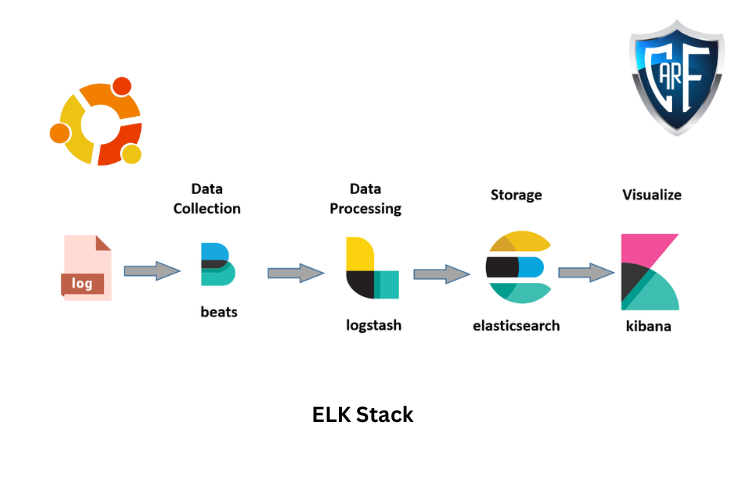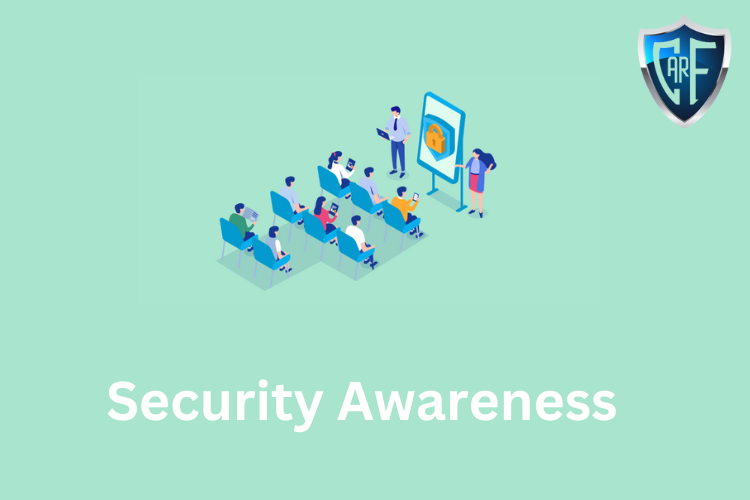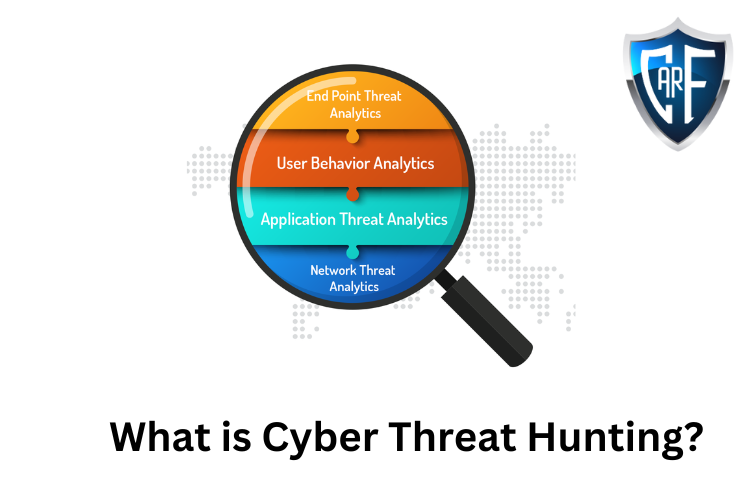Top Network Security Certifications and How to Choose the Right One for You
Network security is an organization’s first line of defense against hackers and other cyber threats. Thanks to projections that cybercrime is expected to inflict $6 trillion worth of damage around the world in 2021, we can see why network security has risen in prominence. However, just like there are many different forms of cyberattacks, there are a dizzying array of cybersecurity certifications to choose from.Although having so many cybersecurity choices is arguably a good thing, the sheer number and variety also pose a challenge. It’s easy to get overwhelmed by the number of choices, sometimes to the point of not making a choice at all. What are the top network security certifications? Which one(s) are right for you and your organization? Are any of the top cyber security certifications universally applicable?In this article, we are going to shine the spotlight on various topics, including:What is network security?The need for network securityVarious types of network securityNetwork security jobs and salariesBest network security certificationsWhat is Network Security?Most experts define network security as the policies and practices of taking protective measures for protecting network infrastructure from trespassing, illegal access, modification, abuse, change, destruction, or the unauthorized gathering and release of data. The full process requires a combination of hardware devices, security software, and user awareness of security procedures and techniques.The latter element can range from employees getting briefed on proper security practices, to professionals who have taken network security training. Why is Network Security Needed?So many aspects of our lives have migrated to the digital world. We use the internet to conduct financial transactions, communicate with family and colleagues, make purchases, seek entertainment, and engage in research. So much of our personal information resides online, everything from birth dates, Social Security (or other identification numbers), health history, credit history, bank accounts, utility bills, and a host of other things.All that data and all those transactions are vulnerable to hackers and cybercriminals. The more of our lives we commit to the internet, the higher the risk of compromise. Moreover, the continuing importance of the Internet of Things (IoT) means even more reliance on wireless networks, which only increases the threat landscape, giving criminals more avenues and opportunities to perpetrate fraud. There is too much at stake in our personal and commercial lives to let network security slip. So, what types of network security are there?What Are the Types of Network Security?There is a whole arsenal of network security tools, methods, and practices available for cybersecurity professionals. Here’s a high-level overview:SoftwareSecurity software resources include anti-virus, anti-malware, and anti-spyware. These tools are available as suites or as subscriptions, updated continuously by the hosting vendor to keep up with the latest threats. These applications monitor your network, blocking intruders, malware, and viruses.As an aside, it’s extremely wise to opt for a security subscription as opposed to getting a suite and loading it in-house. Subscription providers/vendors are in a better position to deal with the constant changes to the cyber security landscape. There seems to be a new cyber threat or virus emerging every day, and your software won’t defend against threats it doesn’t yet know exist. That’s why it’s better to leave that heavy lifting to the subscription provider.Password ProtectionThis is such a simple measure but is extremely important. Strong passwords are an inexpensive yet effective way of keeping systems, applications, and networks safe, and you don’t have to be a seasoned cybersecurity professional to put strong passwords into practice. And when we say “strong” passwords, we don’t mean ridiculous ones like “password” or “99999”.FirewallsIf you picture your network as an exclusive nightclub, then the firewall would be the bouncer, working the door and keeping out undesirables. They filter traffic (incoming and outgoing), based on predetermined policies, preventing unauthorized users from coming in. Anyone who’s tried to work remotely but was locked out of their company’s main systems due to not having the right authorization, has experienced first-hand the effectiveness of a firewall.Email Security SoftwareEmail is a very vulnerable point in any network. Cybercriminals love to send bogus emails that look like correspondence from legitimate companies and financial institutions. But just one click of a link embedded in these fraudulent emails could be enough to compromise your system. To that end, email security software can not only filter out incoming threats, but it can also even prevent certain kinds of data from being transmitted.Segmented NetworksThis process sorts and divides traffic based on specific established criteria. Segmented networks are especially useful for limiting users to just one area, specifically the one they need to do their work while keeping these users out of the data that’s outside of their wheelhouse. Restricting users like this helps decrease the overall network’s weak spots.Which are the Best Network Security Certifications?Before you can make big bucks in the network security field, you need to learn the tools and skills. That’s where network security training comes in. Network security certification courses not only give you the essential knowledge for these positions, but they also give you that valuable certificate that shows prospective employers that you have the required qualifications.Let’s dig into some of the major network security certifications.1. CEH: Certified Ethical HackerAlso known as “white hat hackers,” these are IT security professionals whose job is to try and penetrate systems and find vulnerabilities. Businesses and organizations hire them to find weaknesses in the system and figure out how to fix them. When you consider how important cybersecurity has become, it’s unsurprising that this certification is such a sought-after commodity.2. CISSP: Certified Information Systems Security ProfessionalThis certification is for experienced security professionals who are responsible for the development and management of their organization’s security procedures, policies, and standards. It is perfect for IT security professionals who want to take their careers to the next level.3. CISM: Certified Information Security ManagerThis certification is a critical resource for IT professionals who have enterprise-level security management responsibilities. They manage, develop, and oversee security systems and develop organizational best practices.4. CCSP: Certified Cloud Security ProfessionalThis certification has become highly sought after thanks to many organizations increasingly migrating to the cloud. The course focuses on IS and IT professionals who apply best practices to cloud security architecture, design, operations, and service orchestration. If you work with cloud platforms, this is a must.5. CISA: Certified Information Systems AuditorThis certification target IS professionals who focus primarily on audit control, assurance, and security. It provides you with the skills required to govern and control enterprise IT and perform an effective security audit.
Read More



.png)
.png)
